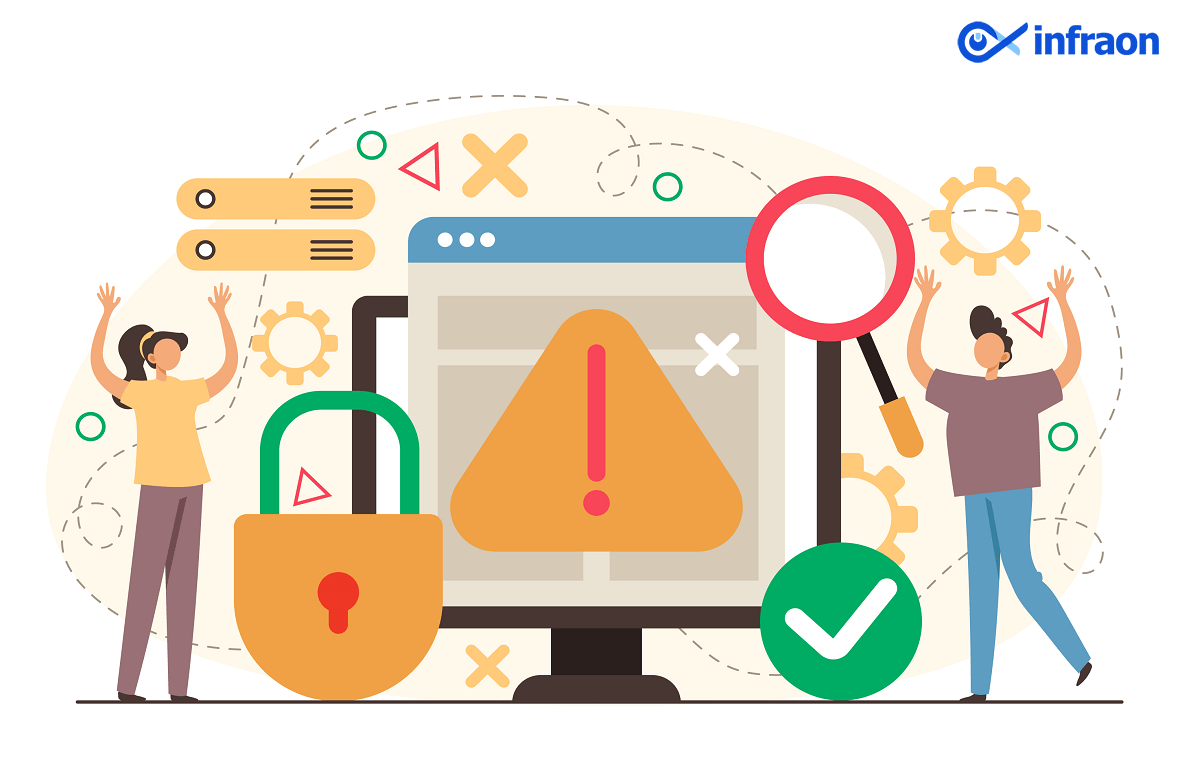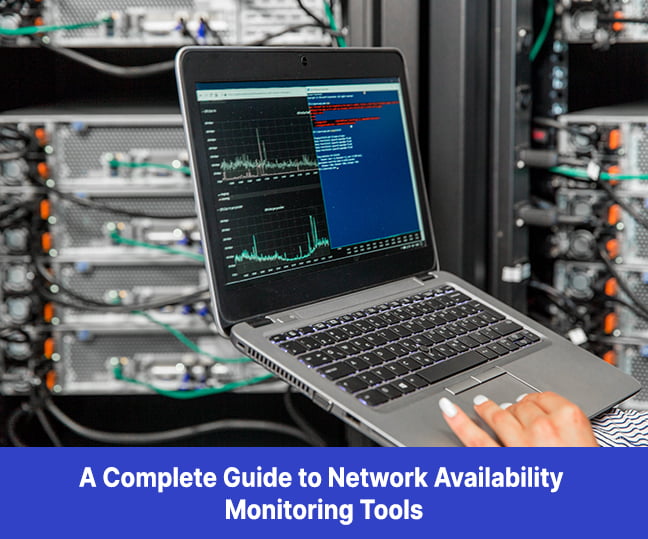The implementation and management of containerized applications using Kubernetes have become increasingly prevalent. It has made a huge difference to critical aspects of ITOps, such as Network Management Systems (NMS), IT Service Management (ITSM), and IT Infrastructure Monitoring (ITIM) frameworks.
Related blog: Why AI-enabled ITOPs is critical for smarter banking operations
Let’s look at ten reasons to highlight the importance of Kubernetes monitoring.
1) Enhanced visibility into containerized environments
The orchestration of containers introduces a level of dynamism where workloads fluctuate rapidly due to auto-scaling, rolling updates, and self-healing mechanisms. Effective monitoring tools pierce through this complexity by offering detailed insights into the state, health, and performance of pods, containers, and the underlying infrastructure.
Such visibility is crucial for ITOps teams to ensure the reliability and efficiency of services, enabling them to track deployments, better manage resources, and anticipate issues before they escalate.
2) Proactive incident management

The integration of Kubernetes monitoring with IT Service Management (ITSM) processes elevates the capability of ITOps to manage incidents proactively. Monitoring tools can detect anomalies, spikes in resource usage, or deviations from baseline performance indicators by employing real-time analytics and alerting mechanisms.
The early detection enables ITOps teams to quickly initiate remediation processes, often before these incidents lead to service disruptions or degrade user experiences. Hence, it helps adhere to the service level agreements while maintaining operational continuity.
3) Optimized resource utilization
Resource allocation within Kubernetes environments must balance between over-provisioning, which leads to unnecessary costs, and under-provisioning, which can compromise application performance. Kubernetes monitoring provides a comprehensive view of resource consumption patterns, highlighting inefficiencies and opportunities for optimization.
By analyzing metrics such as CPU, memory utilization, and volume throughput, ITOps professionals can make informed decisions on scaling resources up or down, optimizing costs without sacrificing service performance.
4) Improved compliance and security
The dynamic nature of Kubernetes environments, combined with their often complex network configurations and access controls, presents major compliance and security challenges. Kubernetes monitoring helps navigate these challenges by continuously tracking network activity, access logs, and configuration states across the cluster.
The constant vigilance makes it easy to identify potential security breaches, such as unauthorized access or deviations from compliance benchmarks. Furthermore, it enables the rapid deployment of patches, updates, or configuration changes necessary to mitigate vulnerabilities, ensuring that the enterprise’s infrastructure remains secure and in compliance with regulatory standards.
5) Streamlined troubleshooting
The complexity of Kubernetes, with its interconnected services, often complicates the troubleshooting process. Monitoring tools dissect this complexity by providing detailed visibility into the workings of applications and infrastructure. They trace transactions across microservices, monitor interactions between containers and external services, and log detailed error reports.
The granularity also allows ITOps teams to quickly pinpoint the root cause of issues, reducing the time to resolution. Moreover, historical data analysis aids in identifying recurring patterns or systemic weaknesses that require attention.
6) Accelerated deployment cycles
Incorporating monitoring into Continuous Integration/Continuous Deployment (CI/CD) pipelines empowers enterprises to ensure that deployments meet predefined performance criteria. Kubernetes monitoring tools enable the identification of regressions or performance issues early in the development cycle by automatically validating the performance of new releases in real time.
The integration also drives faster feedback loops, allowing development teams to address issues promptly and iterate more quickly. Consequently, this accelerates the deployment cycles, ensuring that updates are delivered faster to users while maintaining high standards of quality and reliability.
7) Improved customer experience
Monitoring the performance and availability of applications deployed on Kubernetes offers direct insights into the end-user experience. By analyzing metrics such as response times, error rates, and system uptime, ITOps can gauge the quality of service from the user’s perspective.
The information is critical in identifying performance bottlenecks or failures that negatively impact the customer experience. Armed with these insights, teams can prioritize fixes and enhancements that directly improve user satisfaction, leading to increased loyalty and potentially higher revenue.
8) Better collaboration across teams
Kubernetes monitoring tools come equipped with dashboards and reporting features that consolidate data from various sources into a unified view. This shared visibility into application and infrastructure performance fosters enhanced collaboration among development, operations, and support teams.
It breaks down silos, aligning all teams towards common objectives such as service reliability, performance optimization, and rapid issue resolution
9) Data-powered decision making
The wealth of data generated by Kubernetes monitoring encompasses several metrics, including application performance, infrastructure health, and user behavior. The data serves as a foundational element for informed decision-making within the enterprise. ITOps professionals can uncover actionable insights that drive strategic decisions by analyzing trends, identifying patterns, and correlating various metrics.
Whether it’s optimizing resource allocation, planning for capacity expansion, or enhancing application architectures, data-driven insights ensure that such decisions are grounded in empirical evidence rather than conjecture.
10) Continuous service improvement
Kubernetes monitoring plays a big role in the Continuous Service Improvement (CSI) phase. It provides a continuous stream of performance data and user feedback through monitoring tools that enable enterprises to adopt a systematic approach to service improvement. This involves regularly assessing the performance and effectiveness of IT services, identifying areas for enhancement, and implementing changes that lead to measurable improvements. Through this cycle of ongoing assessment and optimization, enterprises can ensure that their IT services meet current user needs and business objectives while being positioned to adapt to future demands.
Related blog: How integrated ITOPs can enhance security and compliance in banking



















